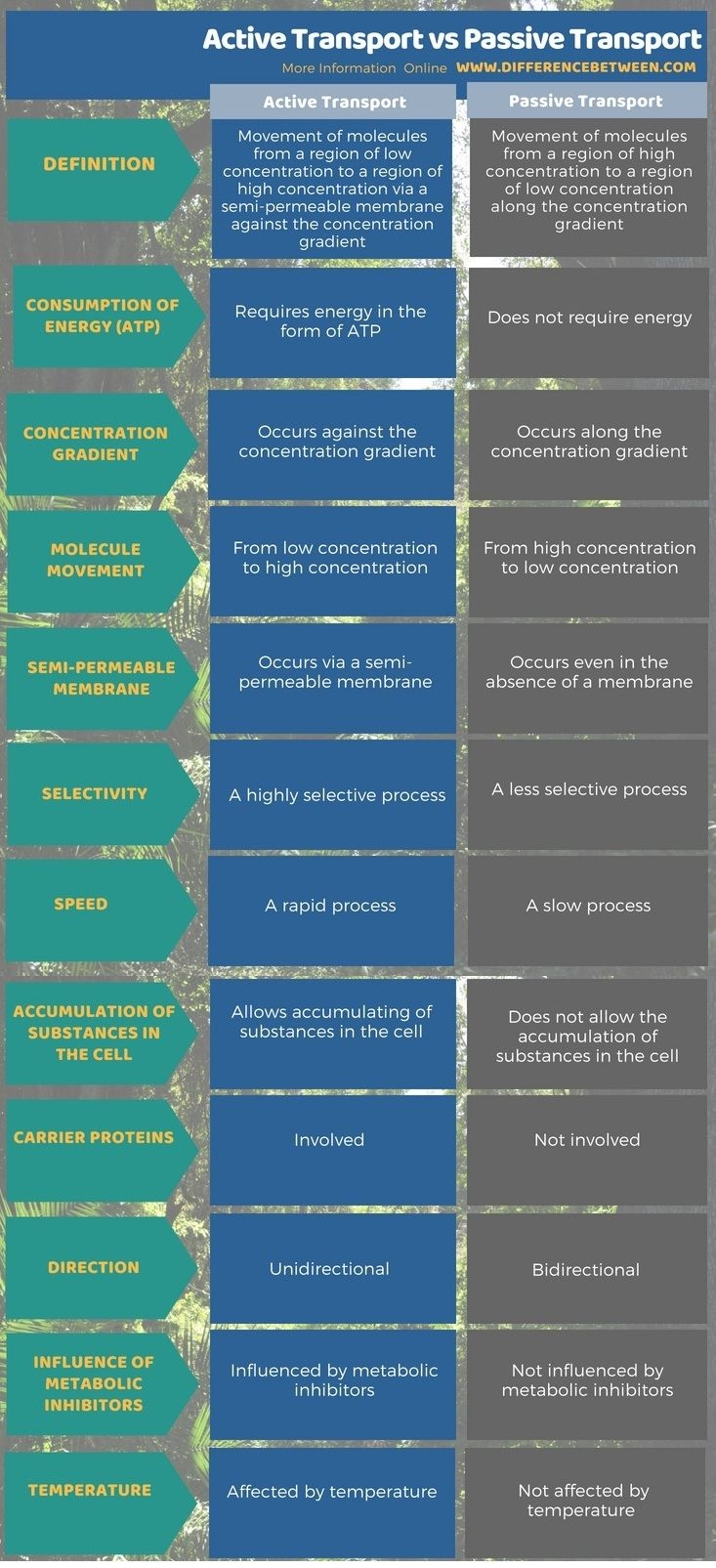When it comes to writing, understanding the difference between active and passive voice is essential. These two styles of writing can greatly impact the clarity and effectiveness of your message. By knowing when to use each voice, you can improve the overall quality of your writing.
Active voice is a grammatical structure in which the subject of the sentence performs the action. This style of writing is direct, clear, and concise. It helps to make your writing more engaging and easier to understand for the reader. In active voice, the subject is the doer of the action, making the sentence more dynamic and interesting.
Difference Between Active and Passive Voice
Passive voice, on the other hand, is a grammatical structure in which the subject of the sentence is acted upon. This style of writing can sometimes be unclear, wordy, and less engaging for the reader. In passive voice, the focus is on the receiver of the action rather than the doer. This can lead to a more formal tone and can sometimes create a sense of distance between the reader and the content.
One key difference between active and passive voice is the subject-verb-object order. In active voice, the subject comes before the verb and the object comes after the verb. This structure creates a more straightforward and direct sentence. In passive voice, the object of the action comes before the verb and the subject may not even be mentioned. This can lead to ambiguity and confusion for the reader.
Another difference is the impact on sentence length and readability. Active voice tends to be more concise and to the point, while passive voice can result in longer, more complex sentences. This can make the writing harder to follow and less engaging for the reader. By using active voice, you can make your writing more engaging and easier to understand.
In conclusion, understanding the difference between active and passive voice is crucial for effective writing. Active voice is direct, clear, and engaging, while passive voice can be unclear and wordy. By choosing the right voice for your message, you can improve the overall quality of your writing and connect more effectively with your audience.
